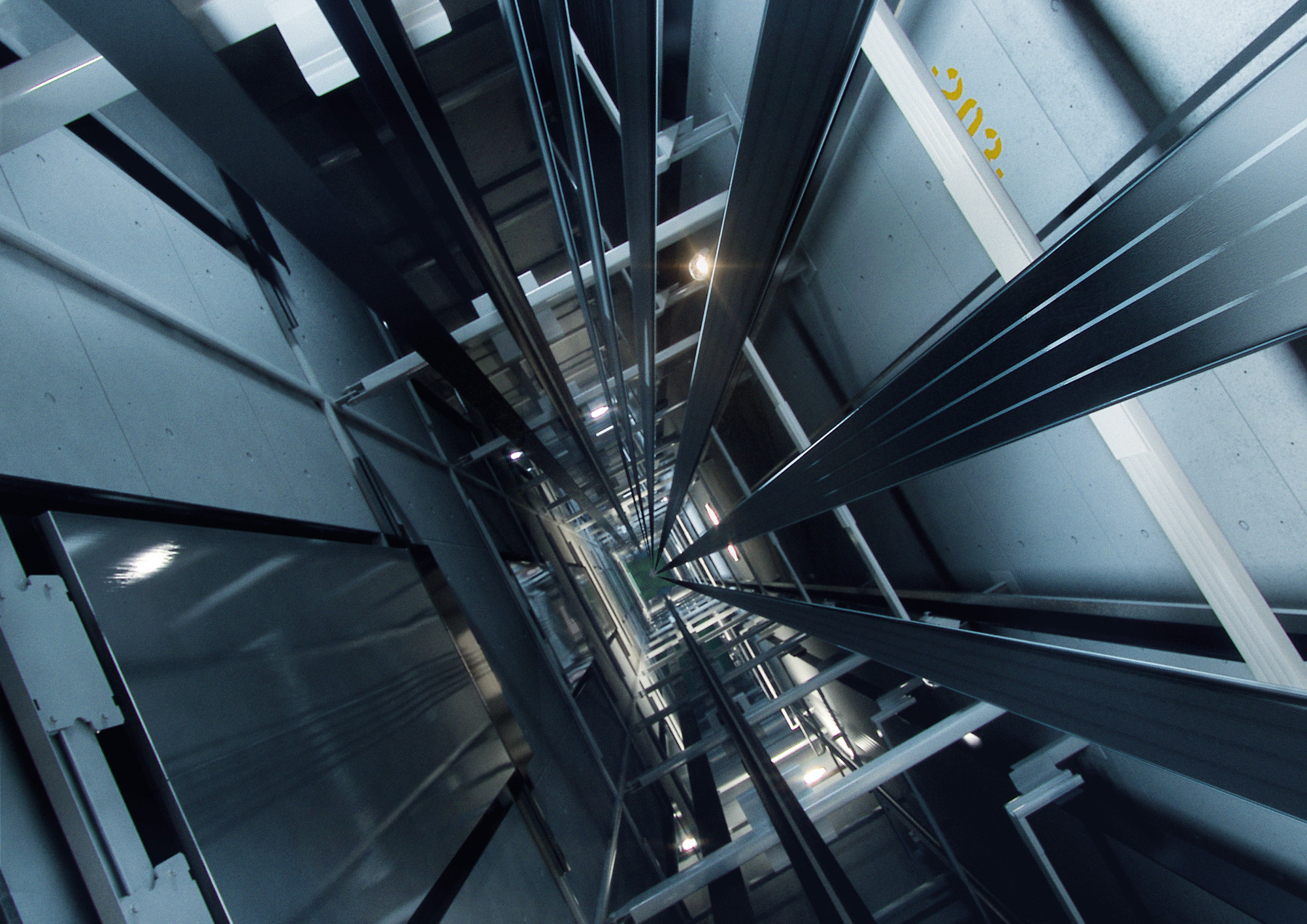When it comes to the decision of whether to modernize or replace an old elevator, it’s crucial to weigh the pros and cons of each option. Elevators play a vital role in ensuring the smooth operation and safety of buildings, and making the right choice can have significant implications for the building’s functionality, energy efficiency, and overall user experience.
Modernization: Breathing New Life into Old Elevators
Modernizing an old elevator involves upgrading its existing components to improve performance, safety, and aesthetics. This can include updating the control system, replacing the motor and drive, installing new door operators, and enhancing the cab interior.
Benefits of Modernization:
- Cost-Effective: Modernization is generally more affordable than a complete replacement. Upgrading specific components can extend the life of the elevator without the high costs associated with installing a new system.
- Improved Performance: Modernizing the control system and motor can lead to smoother and faster rides, reducing wait times and enhancing the overall user experience.
- Energy Efficiency: Upgrading to energy-efficient components can significantly reduce energy consumption, leading to lower operating costs and a smaller environmental footprint.
- Aesthetic Enhancement: Updating the cab interior can give the elevator a fresh and modern look, improving the building’s overall appearance and value.
- Reduced Downtime: Modernization projects typically have shorter timelines compared to full replacements, minimizing disruptions to building operations.
Drawbacks of Modernization:
- Limited Lifespan Extension: While modernization can extend the life of an elevator, it may not address all underlying issues, and the elevator may still require replacement in the near future.
- Compatibility Issues: Upgrading old components may sometimes lead to compatibility issues with new technology, potentially causing operational challenges.
- Partial Improvements: Modernization may not provide the same level of performance and reliability as a completely new elevator system.
Replacement: Starting Anew with State-of-the-Art Systems
Replacing an old elevator involves removing the existing system and installing a brand-new one. This option ensures that the elevator is equipped with the latest technology and meets current safety standards.
Benefits of Replacement:
- Enhanced Reliability: A new elevator system is less likely to experience frequent breakdowns and malfunctions, ensuring consistent and dependable performance.
- Advanced Technology: Modern elevators come equipped with cutting-edge technology, offering features such as destination control, touchless operation, and improved safety mechanisms.
- Increased Longevity: A new elevator system is designed to last for decades, providing a long-term solution with minimal maintenance requirements.
- Compliance with Standards: New elevators adhere to the latest safety and accessibility standards, ensuring compliance with regulations and improving user safety.
Drawbacks of Replacement:
- High Initial Cost: Replacing an old elevator is a significant investment, with higher upfront costs compared to modernization.
- Extended Downtime: The installation of a new elevator can take several months, causing disruptions to building operations and inconvenience to occupants.
- Structural Modifications: Installing a new elevator may require structural modifications to the building, leading to additional costs and potential challenges.
Making the Right Choice
The decision to modernize or replace an old elevator ultimately depends on various factors, including the age and condition of the existing system, budget constraints, and the specific needs of the building and its occupants.
Key Considerations:
- Age and Condition: If the elevator is relatively new and in good condition, modernization may be the most cost-effective option. However, if the system is outdated and prone to frequent breakdowns, replacement may be the better choice.
- Budget: Modernization is typically less expensive upfront, but a new elevator can offer long-term savings through reduced maintenance and energy costs.
- Building Requirements: Consider the unique needs of the building and its occupants. For high-traffic buildings, the reliability and advanced features of a new elevator may be worth the investment.
In conclusion, both modernization and replacement have their advantages and drawbacks. By carefully evaluating the specific circumstances and requirements of your building, you can make an informed decision to modernize or replace an old elevator that ensures the safety, efficiency, and satisfaction of all users.
For help making this decision to modernize or replace an old elevator, please contact us by sending an email and read more about our elevator consultancy services.
